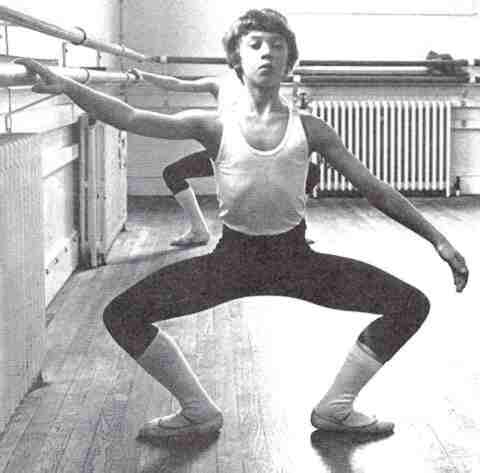
Figure 1.--This boy is at the bar practicing basic positions. The boy is probably Russian, but HBC is not sure at this time.


Figure 1.--This boy is at the bar practicing basic positions. The boy is probably Russian, but HBC is not sure at this time. |
Some believe that ballet is the most difficult type of dance. Performers have to keep their shoulders back, legs striate, and toes pointed. Dancers have to constantly think of these positions and combinations and at the same time smile. The worst part is that you have to think of them all at the same time. Classical ballet was brought to the fore by such great teachers as Carlo Blasis, C.P. Johansen, Legat, and Cecchetti. Classical style is based on the turnout, the five positions of the feet, pointe, turns, elevation and extensions.
The placement of the torso is very important in ballet. The pelvis must be centred , not tipped forward or backward. The abdomen is slightly drawn in and the diaphragm raised. The shoulders are dropped naturally, resting downwards and the head is held straight with eyes looking forward. The arms are held down and rounded from the shoulder blades to the finger tips, slightly forward from the body. Centre weight equally between feet. Tighten muscles in thighs and buttocks. Draw abdomen in and lift the diaphragm. Turn legs out from thighs all the way to the feet and knees directly in line over toes.
There are baic positiions for both the legs and arms.
There are five basic leg positions in ballet.
First: In first position the dancer's feet
look like you are a penguin. Keep heels together and legs turned out beginning in hip joints, feet at a wide angle, approximately 100 degrees.
Second: Second position is just like first
but there is a 12" space in between your legs. Keep feet turned out. Feet separated by the distance of one foot.
Third: Third position requires the dancer to half way cross their
feet. Keep feet turned out, one foot in front of the other. Front
foot heel by back foot arch.
Fourth: Fourth position is the same as
third except there is a 12" space between your
legs. Turn feet outward, placing one foot in front of the other,
separated by the distance of one foot.
Fifth: Fifth is the same as fourth except your feet are together. Turn feet outward, placing one foot directly in front of the other. Front foot heel at back foot toe joint. Very few people have the ability to achieve a perfect 180° turnout and it is important to use the turnout that one naturally has to the best of his ability. The dancer has to make sure that hw is standing so that your pelvis is positioned to avoid sway back or tucking under. Also, the dancer must concentrate on distributing hisweight evenly on his feet so that the ankles don't roll.
The basic arm positions are:
Bras bas: Also called preparatory position. This is where the arms begin for most exercises. Arms held
down and rounded from the shoulder blades to the finger tips, slightly forward from the body,
fingers close together but not touching.
First: Hold arms in front of body level with base of ribs in oval shape. Hands should continue line of arms , fingers poised and soft.
Second: Arms open to sides, in in front of body and slightly rounded. arms should feel like an extension of
the back,elbows held not dropping.
Third: Hold one arm curved in front as in 1st position and the other arm out to the side as in 2nd position.
Fourth: Hold one arm in a graceful curve above and slight in front of head. The other arm goes out to the side as in 2nd position.
Fifth: Both arms above and slightly in front of head as first arm in 4th position. Shoulders pressed down.
Interestingly there are some similarities between yoga and some ballet exercises--especially pilates. The similarity between yoga and pilates is in the breathing. They both focus on the breath coming from you diaphagm and below, insted of in the chest this gets you to engage your stomach muscle wich are the core of you strength and take the tension out of you neck chest and shoulders. Yoga is a series of poses while pilates is more about slow concentrated repetioins of muscle targeting exercises, which are all worked around the breath, the
most difficult part of the exercise on the exhale to release tention in
the muscles. Pilates is actually a method of physical and mental conditioning and much like yoga. Joseph Hubertus Pilates originally called it contrology. If you want to see some of the mat excercises that are used you can look at Hermit mat list. There are 40 different techniques listed there.
Navigate the Historic Boys' Clothing Web Site:
[Introduction]
[Activities]
[Bibliographies]
[Biographies]
[Chronologies]
[Contributions]
[Countries]
[Frequently Asked Questions]
[Style Index]
[Boys' Clothing Home]
Navigate the Historic Boys' Clothing Web dance pages:
[Return to the Main ballet page]
[Irish step]
[Kilts]
[Highland]
[Ballroom]
[Native American]
[Tap]
